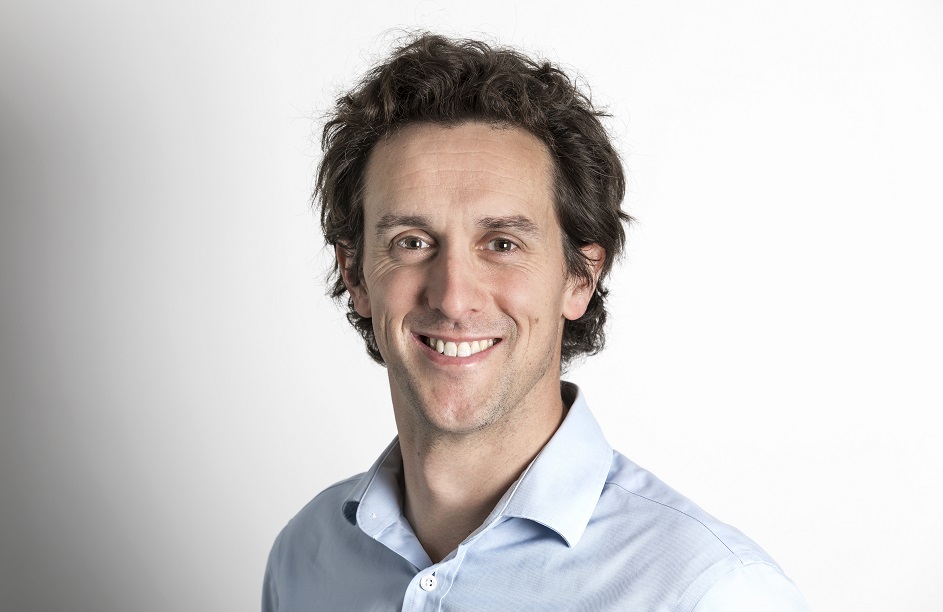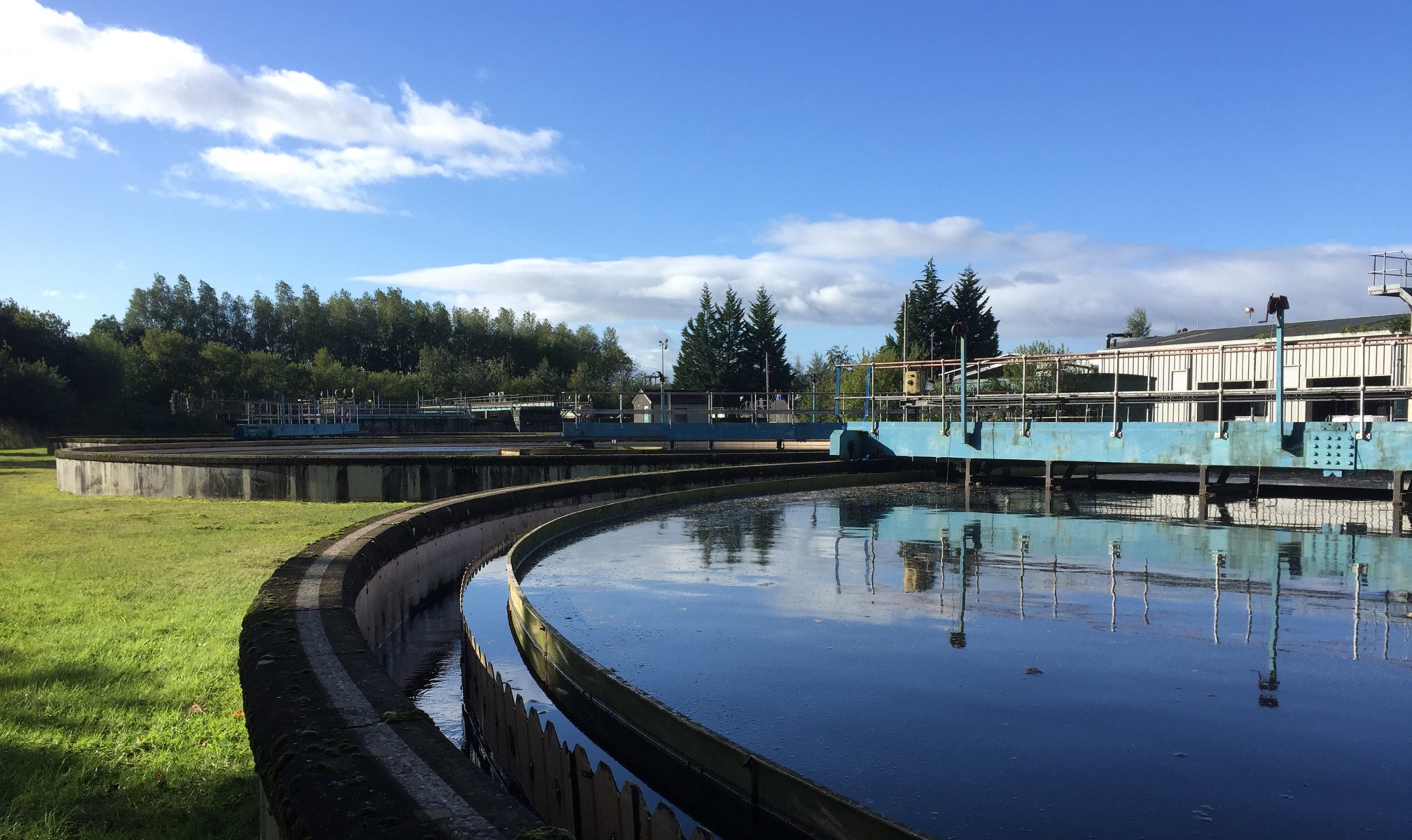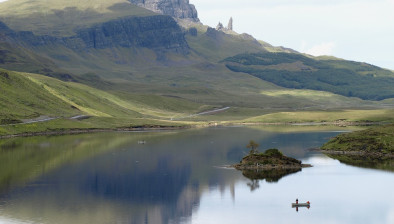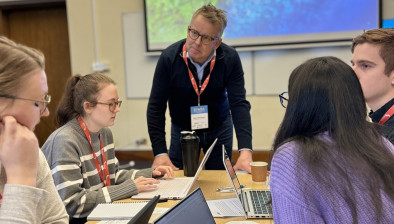Paul Steen: Bold steps required to develop citywide district heat networks in Scotland
Paul Steen on why we need consistent local and national policies to develop citywide district heat networks if we are to reach net-zero emissions targets.

Paul Steen
In Scotland we have just over 24 years to reach a 2045 target of net zero emissions. The work will need to engage every individual in our society, and requires the means to invest in affordable solutions, delivered over multiple political cycles. The challenge is huge.
There is overwhelming recognition of the impact of climate change and the need to take bold steps. We are not lacking technological options, but the greater problem is the competing visions for net zero energy system solutions. We cannot focus on heat, electricity or transport decarbonisation strategies in isolation from each other.
Rather than placing the burden on individual consumers to make decisions about energy efficiency, there are opportunities to leverage the purchasing power of multiple individual consumers to buy their heat pumps as a cooperative. Most notably, district heating networks can allow sharing of infrastructure costs to purchase a single, large low-carbon technology and use of renewable and waste heat sources that often go unused across the country.
However, enabling the delivery of the most affordable low carbon solutions requires strategic vision delivered by tactical interventions, as outlined in the Scottish Government’s Local Heat and Energy Efficiency Strategies. How can we kickstart this decarbonisation roadmap?

The district heat network in Stirling - image by FES Ltd
Step 1: Strategy
District energy is part of a wider system incorporating building-level heat pumps or direct electric heating, integrated through smart energy systems and storage to provide flexibility and reduce peak loads. Hydrogen will also likely play an important part in areas with heavy industry or for activities that are hard to decarbonise through other means.
Further to this, dimensions on consumer behaviour change and new business models to enable delivery are just as important (perhaps more) than the technical solutions.
A flexible approach with a timeline and milestones for district energy implementation is essential. The milestones must be measurable and verifiable to facilitate reporting and progress. To establish a new utility which is in direct competition with existing utilities is a complex task; issues need to be resolved as they occur in order to avoid delays.
Step 2: Institutions and Frameworks for Delivery
District energy utilities that can capitalise on waste and ambient heat sources will need multiple institutional stakeholders to work within a coordinated framework. National and local planning policy is essential as well as skills development for planners to implement policy consistent with the strategic vision.
Policy should focus on sector and zonal approaches to heat decarbonisation and describe tactical interventions to both existing developed zones and proposed zones for development.
When it comes to delivery, a common local framework for procurement can create a preferred method of Utility Operator procurement such as a joint venture or concession model. Project finance is essential and can provide investor security so that, in time, private sector finance can take over from government support.
Step 3: Development of tactical projects that are consistent with the strategic framework
The Heat Networks Delivery Unit and Low Carbon Infrastructure Transition Programme in Scotland support technical, economic and environmental feasibility studies to assess viability, historically compared with a gas counterfactual. However, this is now moving to a comparison of options that achieve heat decarbonisation.
Projects should follow the energy hierarchy, particularly when decarbonising existing properties, including retrofitting energy efficiency measures. Compatible heating, cooling and hot water with DHC systems is also critical and can have a positive effect on system performance.
The future of heat decarbonisation in Scotland
The Scottish Government’s Local Heat and Energy Efficiency Strategies has highlighted the need for a whole systems approach to citywide green economic recovery. If we are to meet Scotland’s net-zero ambitions we must align strategic citywide thinking with the compatibility of local projects that all ultimately cluster around the supply and demand of low carbon energy.
- Paul Steen is head of department, UK district energy at Ramboll














